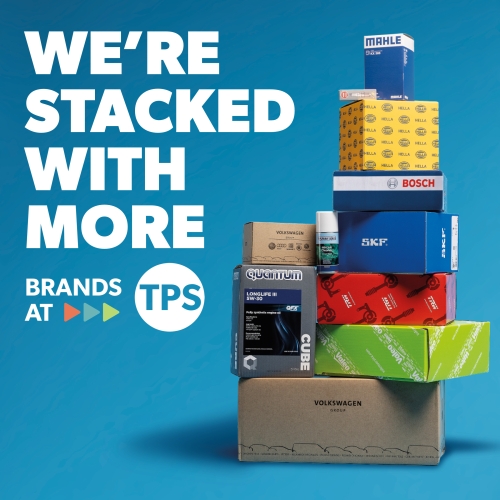As consumers increasingly move online businesses need to ensure they have a digital presence to meet this customer demand.
While going digital may seem daunting, having the basics in place – website, online business account and social media – is a good starting point to drive customer engagement and ultimately business success.
So, let’s review the digital landscape and look at what businesses need to do to stay ahead in today’s online market.
With various independent studies estimating between 70% to 80% of consumers carry out online research before making a purchase or choosing a service, it’s never been more important for businesses to have an online presence.
The shift in consumer behaviour towards online has been further accelerated by the pandemic, resulting in even the most basic online tools being a non-negotiable requirement for businesses.
Having a website is just the beginning, the evolution and development of that site is key to remaining competitive.
A regular audit of content is advised with any changes to be informed by an awareness of the latest online trends. This can be anything from providing special offers, updating news about a garage and its staff to community activity and sponsorships that promote a business locally.
It’s important for businesses to use video and photos. Data networking company Cisco Systems report that by the end of 2022, online videos will make up more than 82% of all consumer internet traffic – 15 times higher than in 2017. With such projections, it’s easy to see why producing relevant and engaging video content is so important.
If these are the small changes a business can make now, what are the bigger developments for the future you should be aware of?
The move to mobile is increasing rapidly with leading market and consumer data company Statista reporting that in 2022, 60% of all global internet searches were done on a mobile. It’s also documented that 98.30% of Facebook users access the platform through their mobile device. It’s a strong indication of how social media activity is increasingly conducted on mobiles and we tackle the subject of social media more generally in a moment.
With increased mobile usage comes increased use of the term ‘near me’ as consumers look for instant local solutions. Having a Google My Business account will significantly increase a business’s visibility when looking to capture local consumers. By creating a Google My Business account, you can access, customise, manage, and enhance your Business Profile on Google,
It works like a business listing and helps to ensure a company has a visible presence in Google Maps and the local results of Google search, providing a very effective local marketing tool.
It allows a business to engage directly with customers, respond to reviews, answer questions, enable direct messaging and set up alerts. Google My Business accounts also provide information about business hours, links to the website, products and pricing and other important details.
By using the analytics tab on the Google My Business dashboard, businesses can also gain key insights on audiences, clicks and local search performance. It can also be used to boost Search Engine Optimisation (SEO) by inserting keywords into Business Profiles to help a company rank in local results.
So, as promised let’s move onto social media. GWI, a London based digital consumer insight company, reported in 2022 that the average person now spends two and a half hours a day on social media.
Just as importantly, according to Statista, businesses are spending $170 billion globally on social media ads – accounting for a third of all internet advertising spend.
Both stats demonstrate the ever-growing influence of social media. For businesses, whether you choose to focus on one social media platform or multiple platforms, it is important to get the fundamental details right.
This includes full business name, website and contact details – adding these things may seem basic but they are great for SEO. As a good tip, Facebook has a dedicated section for business hours – it’s crucial that customers know when they can contact a business – and these can be found under the ‘About’ section when editing an individual business Facebook page.
If businesses want to make social media work for them, it’s fundamental to keep their social media page or profile up to date. By creating a content calendar, businesses can plan
what they want to discuss and draft short, concise posts.
If businesses are unsure on what content to post, they should start with the 80-20% rule. Use 80% of content to inform and entertain a business audience and the remaining 20% to sell the brand – this way, businesses can focus on building a rapport with the audience, keep them inspired and satisfy the interests of both parties.
It’s important that businesses don’t feel the need to post every day. It’s quality rather than quantity that counts and an audience will value content more if they don’t have something continuously served up to them every day. Customers are also more likely to use garages they can trust, so being honest and approachable will help build relationships online as well.
Another thing to consider with so many users accessing apps and websites via their phone, is an increased demand for swift responses. Facebook, Twitter and Instagram can all be managed from a mobile and automated responses set up to let customers know someone will get back to them in time.
Good customer service and standardised business behaviours should apply both on and offline.
Making sure customers are treated the same way online as they would be in a face-to-face environment, will help to build strong customer relationships and encourage repeat business.



